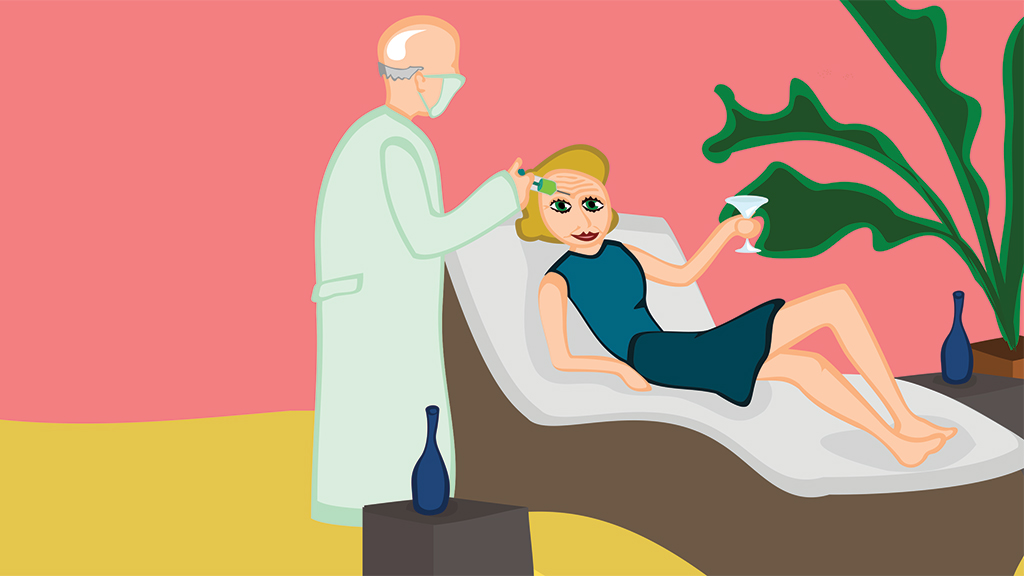Abstract
This flipped case study explores how the topics of membrane structure, transport, and signaling via membrane-bound receptors are intimately associated with the paralysis of muscle targeted by botulinum neurotoxin. The case scenario revolves around a fictitious socialite that has requested the assistance of her personal concierge physician with a condition that has developed after having participated in a Hamptons Botox party. The physician and a shadowing pre-med undergraduate chat about the molecular mechanisms behind Botox induced muscle paralysis. The case is designed as an engaging capstone exercise for students to gain appreciation for how knowledge of basic cellular and molecular biology mechanisms are essential for pharmaceutical development and medical patient diagnosis and prognosis. Written for an undergraduate general biology course, the case is also suitable for use in courses such as cellular biology, neurobiology, or human physiology.



